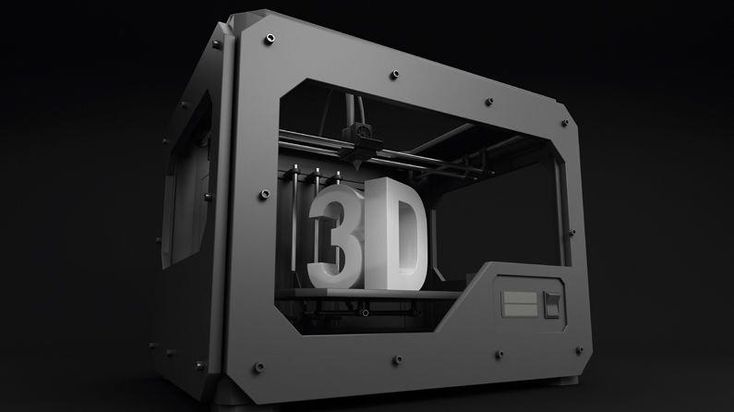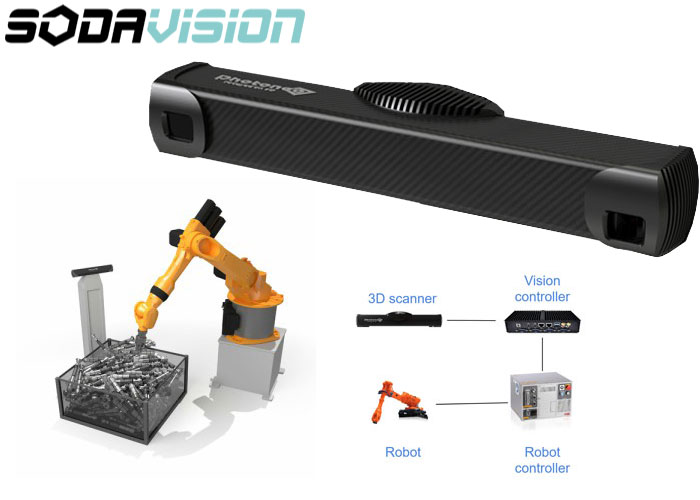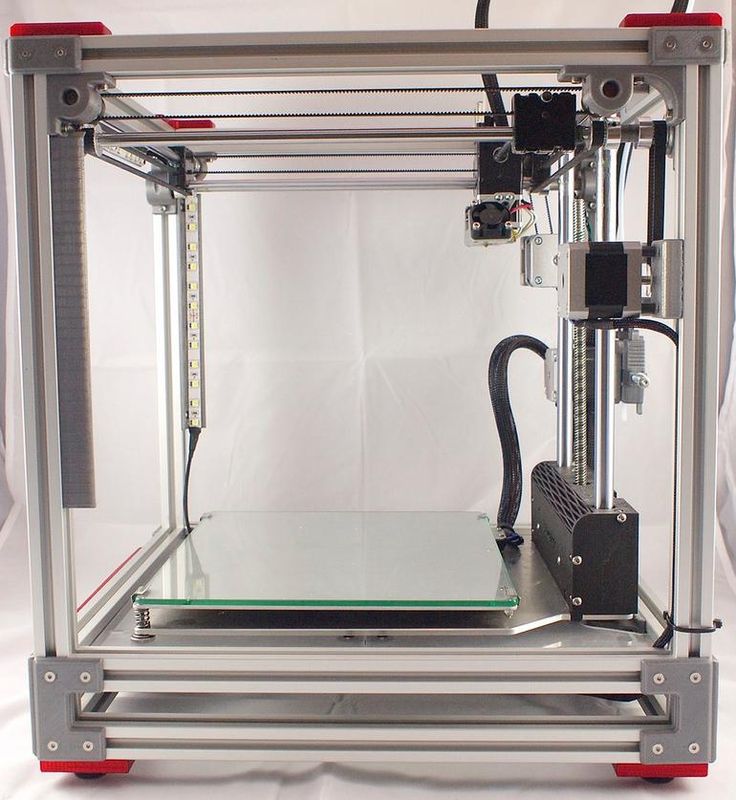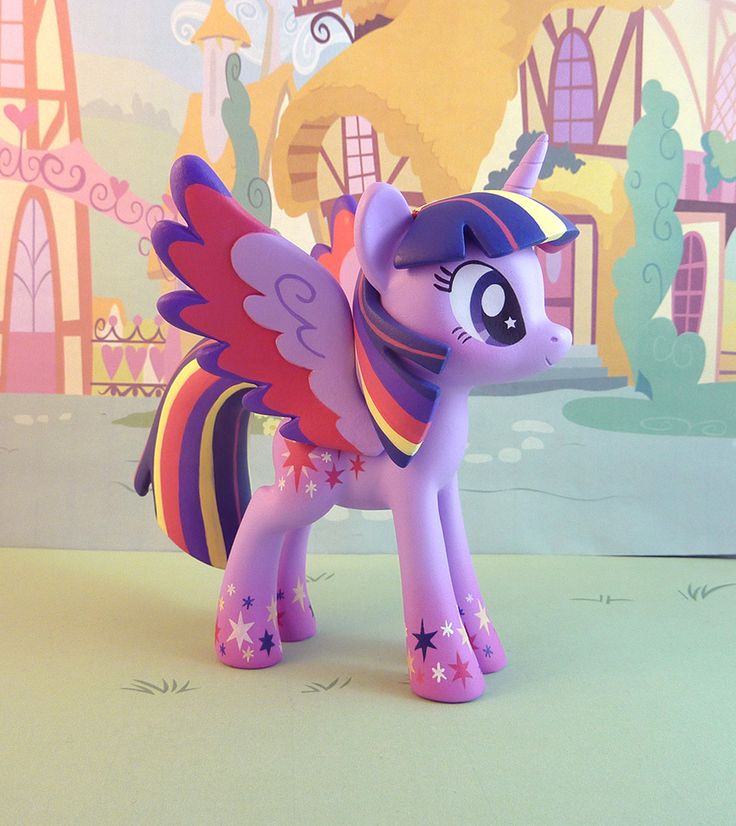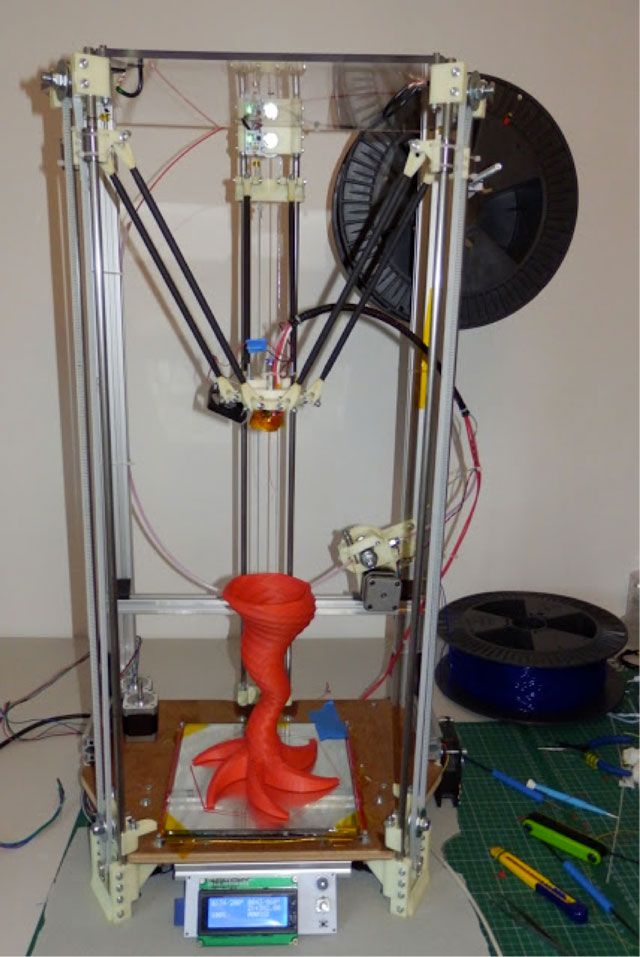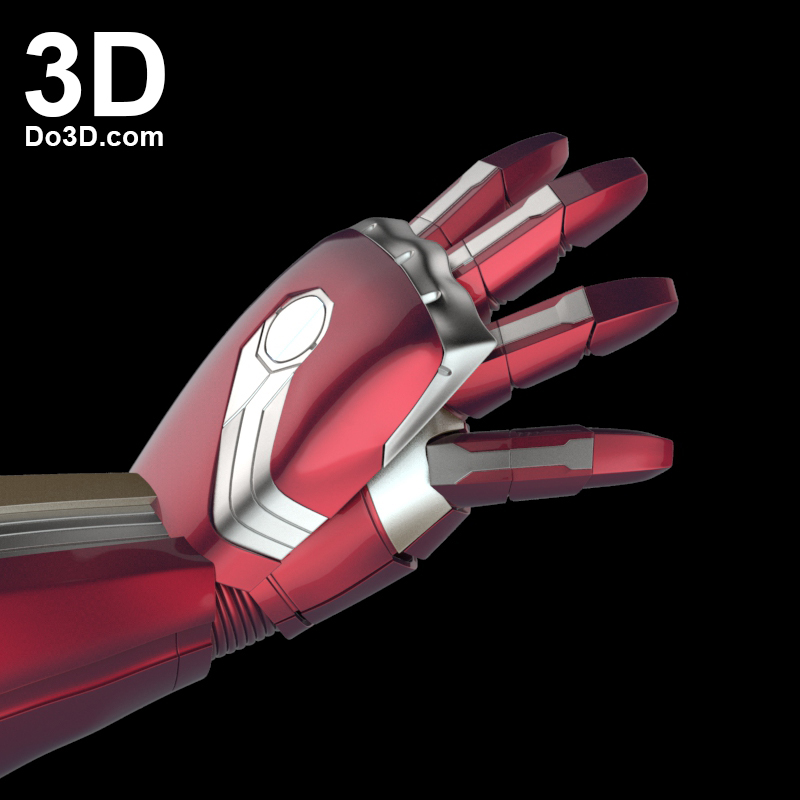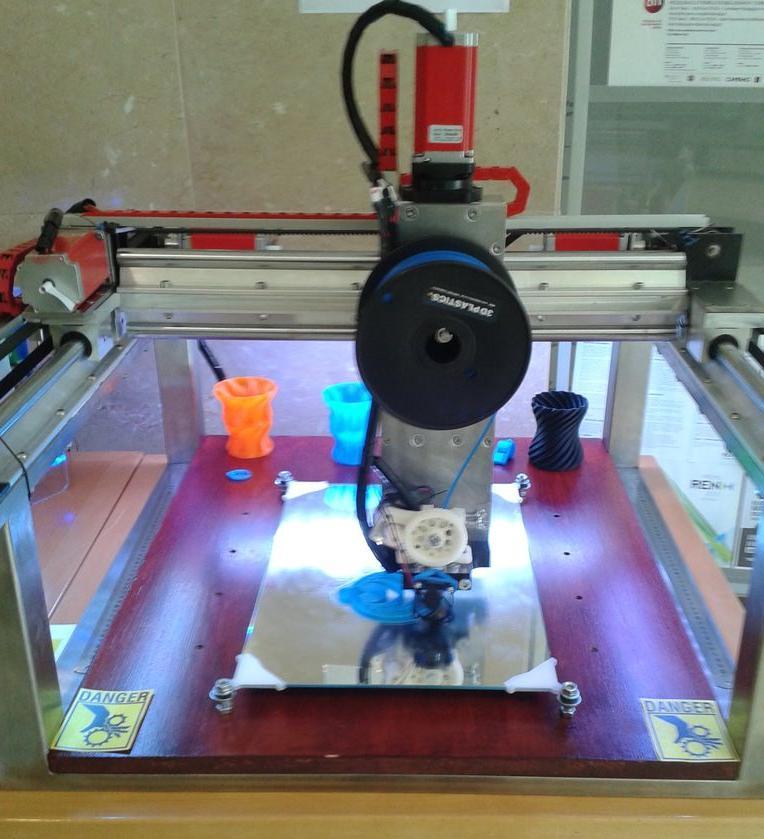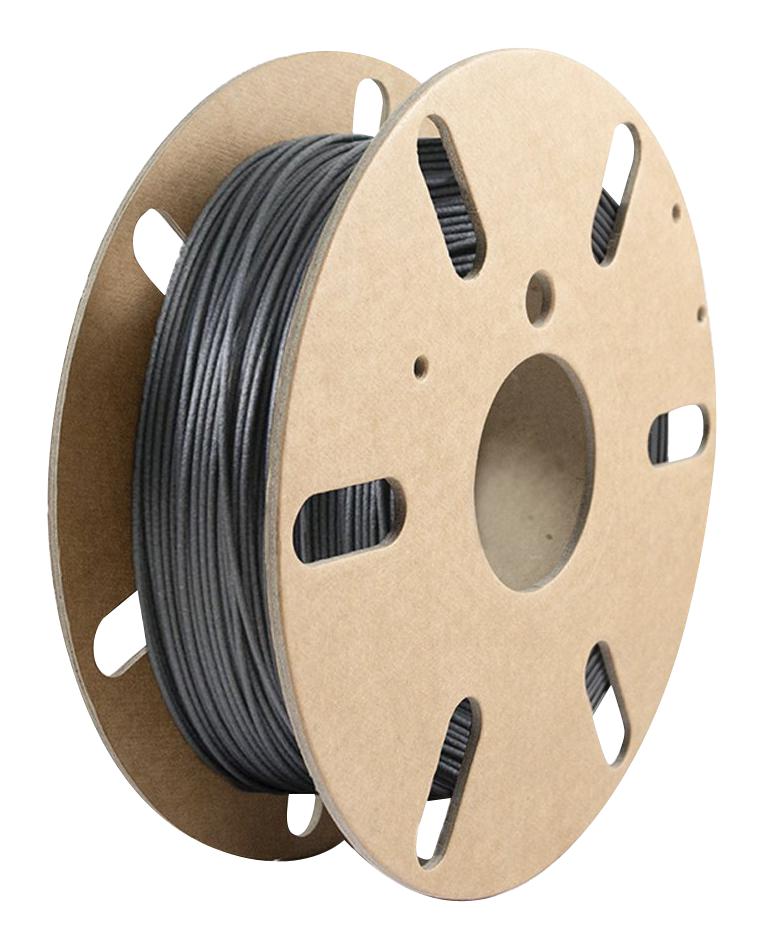Reef safe 3d printing
3D Printed Reef Accessories | Printed Reef
Coral Frag Plug Stands
These 3D printed coral frag plug stands allow for sturdy and flexible placement anywhere in your tank.
Buy Now
Bristle Worm Trap
Do you have a lot of bristle worms in your tank?
Our bristle worm trap is the solution!
buy now
Mushroom Cage
This mushroom cage is perfect for
protecting mushrooms and other leather corals in your tank. It features a
honeycomb design, with a 0.5" hole on the bottom that allows you to use a frag plug for the mushroom to self attach.
Buy Now
New Arrivals
Best Sellers
Recently Viewed
Sign Up for Our Newsletter
Sign up to get the latest on sales, new releases, and more.
| $0.00 | ||||
| Shipping | ||||
| Total | ||||
United States---AfghanistanÅland IslandsAlbaniaAlgeriaAndorraAngolaAnguillaAntigua & BarbudaArgentinaArmeniaArubaAustraliaAustriaAzerbaijanBahamasBahrainBangladeshBarbadosBelarusBelgiumBelizeBeninBermudaBhutanBoliviaBosnia & HerzegovinaBotswanaBouvet IslandBrazilBritish Indian Ocean TerritoryBritish Virgin IslandsBruneiBulgariaBurkina FasoBurundiCambodiaCameroonCanadaCape VerdeCayman IslandsCentral African RepublicChadChileChinaChristmas IslandCocos (Keeling) IslandsColombiaComorosCongo - BrazzavilleCongo - KinshasaCook IslandsCosta RicaCroatiaCubaCuraçaoCyprusCzech RepublicCôte d’IvoireDenmarkDjiboutiDominicaDominican RepublicEcuadorEgyptEl SalvadorEquatorial GuineaEritreaEstoniaEthiopiaFalkland IslandsFaroe IslandsFijiFinlandFranceFrench GuianaFrench PolynesiaFrench Southern TerritoriesGabonGambiaGeorgiaGermanyGhanaGibraltarGreeceGreenlandGrenadaGuadeloupeGuatemalaGuernseyGuineaGuinea-BissauGuyanaHaitiHeard & McDonald IslandsHondurasHong Kong SAR ChinaHungaryIcelandIndiaIndonesiaIranIraqIrelandIsle of ManIsraelItalyJamaicaJapanJerseyJordanKazakhstanKenyaKiribatiKosovoKuwaitKyrgyzstanLaosLatviaLebanonLesothoLiberiaLibyaLiechtensteinLithuaniaLuxembourgMacau SAR ChinaMacedoniaMadagascarMalawiMalaysiaMaldivesMaliMaltaMartiniqueMauritaniaMauritiusMayotteMexicoMoldovaMonacoMongoliaMontenegroMontserratMoroccoMozambiqueMyanmar (Burma)NamibiaNauruNepalNetherlandsNetherlands AntillesNew CaledoniaNew ZealandNicaraguaNigerNigeriaNiueNorfolk IslandNorth KoreaNorwayOmanPakistanPalestinian TerritoriesPanamaPapua New GuineaParaguayPeruPhilippinesPitcairn IslandsPolandPortugalQatarRéunionRomaniaRussiaRwandaSaint MartinSamoaSan MarinoSão Tomé & PríncipeSaudi ArabiaSenegalSerbiaSeychellesSierra LeoneSingaporeSlovakiaSloveniaSolomon IslandsSomaliaSouth AfricaSouth Georgia & South Sandwich IslandsSouth KoreaSouth SudanSpainSri LankaSt.
 BarthélemySt. HelenaSt. Kitts & NevisSt. LuciaSt. MartinSt. Pierre & MiquelonSt. Vincent & GrenadinesSudanSurinameSvalbard & Jan MayenSwazilandSwedenSwitzerlandSyriaTaiwanTajikistanTanzaniaThailandTimor-LesteTogoTokelauTongaTrinidad & TobagoTunisiaTurkeyTurkmenistanTurks & Caicos IslandsTuvaluU.S. Outlying IslandsUgandaUkraineUnited Arab EmiratesUnited KingdomUnited StatesUruguayUzbekistanVanuatuVatican CityVenezuelaVietnamWallis & FutunaWestern SaharaYemenZambiaZimbabwe
BarthélemySt. HelenaSt. Kitts & NevisSt. LuciaSt. MartinSt. Pierre & MiquelonSt. Vincent & GrenadinesSudanSurinameSvalbard & Jan MayenSwazilandSwedenSwitzerlandSyriaTaiwanTajikistanTanzaniaThailandTimor-LesteTogoTokelauTongaTrinidad & TobagoTunisiaTurkeyTurkmenistanTurks & Caicos IslandsTuvaluU.S. Outlying IslandsUgandaUkraineUnited Arab EmiratesUnited KingdomUnited StatesUruguayUzbekistanVanuatuVatican CityVenezuelaVietnamWallis & FutunaWestern SaharaYemenZambiaZimbabweAlabamaAlaskaAmerican SamoaArizonaArkansasCaliforniaColoradoConnecticutDelawareDistrict of ColumbiaFederated States of MicronesiaFloridaGeorgiaGuamHawaiiIdahoIllinoisIndianaIowaKansasKentuckyLouisianaMaineMarshall IslandsMarylandMassachusettsMichiganMinnesotaMississippiMissouriMontanaNebraskaNevadaNew HampshireNew JerseyNew MexicoNew YorkNorth CarolinaNorth DakotaNorthern Mariana IslandsOhioOklahomaOregonPalauPennsylvaniaPuerto RicoRhode IslandSouth CarolinaSouth DakotaTennesseeTexasUtahVermontVirgin IslandsVirginiaWashingtonWest VirginiaWisconsinWyomingArmed Forces AmericasArmed Forces EuropeArmed Forces Pacific
Have an Idea?
Sign up to get the latest on sales, new releases, and more.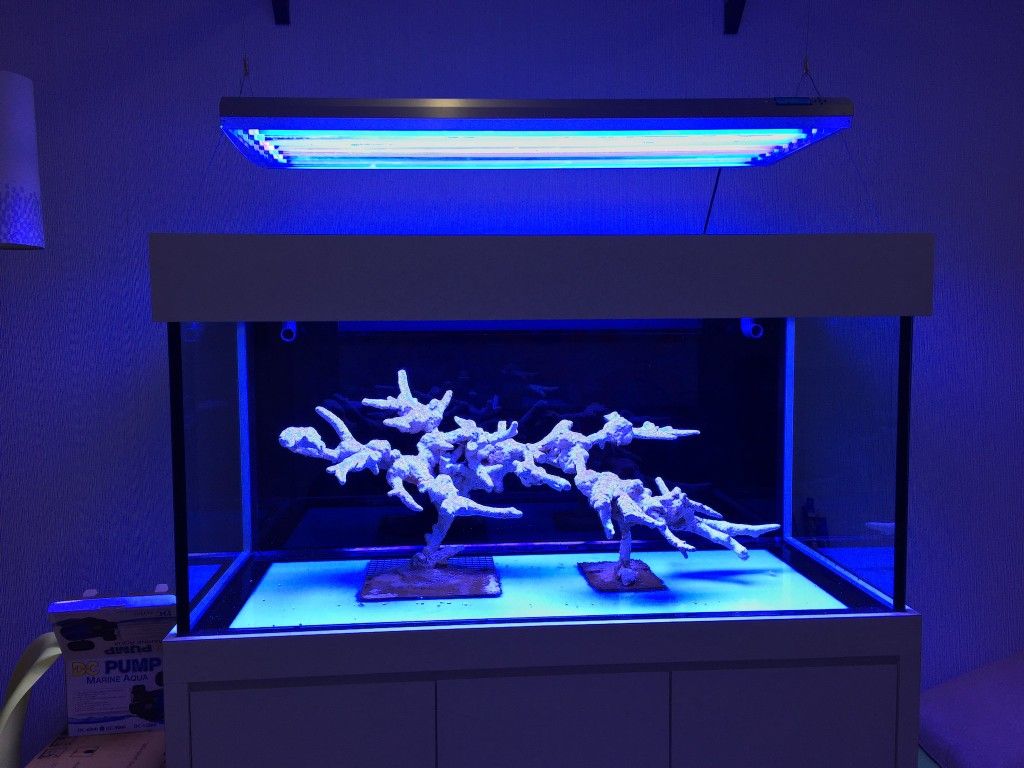
| $0.00 | ||||
| Shipping | ||||
| Total | ||||
United States---AfghanistanÅland IslandsAlbaniaAlgeriaAndorraAngolaAnguillaAntigua & BarbudaArgentinaArmeniaArubaAustraliaAustriaAzerbaijanBahamasBahrainBangladeshBarbadosBelarusBelgiumBelizeBeninBermudaBhutanBoliviaBosnia & HerzegovinaBotswanaBouvet IslandBrazilBritish Indian Ocean TerritoryBritish Virgin IslandsBruneiBulgariaBurkina FasoBurundiCambodiaCameroonCanadaCape VerdeCayman IslandsCentral African RepublicChadChileChinaChristmas IslandCocos (Keeling) IslandsColombiaComorosCongo - BrazzavilleCongo - KinshasaCook IslandsCosta RicaCroatiaCubaCuraçaoCyprusCzech RepublicCôte d’IvoireDenmarkDjiboutiDominicaDominican RepublicEcuadorEgyptEl SalvadorEquatorial GuineaEritreaEstoniaEthiopiaFalkland IslandsFaroe IslandsFijiFinlandFranceFrench GuianaFrench PolynesiaFrench Southern TerritoriesGabonGambiaGeorgiaGermanyGhanaGibraltarGreeceGreenlandGrenadaGuadeloupeGuatemalaGuernseyGuineaGuinea-BissauGuyanaHaitiHeard & McDonald IslandsHondurasHong Kong SAR ChinaHungaryIcelandIndiaIndonesiaIranIraqIrelandIsle of ManIsraelItalyJamaicaJapanJerseyJordanKazakhstanKenyaKiribatiKosovoKuwaitKyrgyzstanLaosLatviaLebanonLesothoLiberiaLibyaLiechtensteinLithuaniaLuxembourgMacau SAR ChinaMacedoniaMadagascarMalawiMalaysiaMaldivesMaliMaltaMartiniqueMauritaniaMauritiusMayotteMexicoMoldovaMonacoMongoliaMontenegroMontserratMoroccoMozambiqueMyanmar (Burma)NamibiaNauruNepalNetherlandsNetherlands AntillesNew CaledoniaNew ZealandNicaraguaNigerNigeriaNiueNorfolk IslandNorth KoreaNorwayOmanPakistanPalestinian TerritoriesPanamaPapua New GuineaParaguayPeruPhilippinesPitcairn IslandsPolandPortugalQatarRéunionRomaniaRussiaRwandaSaint MartinSamoaSan MarinoSão Tomé & PríncipeSaudi ArabiaSenegalSerbiaSeychellesSierra LeoneSingaporeSlovakiaSloveniaSolomon IslandsSomaliaSouth AfricaSouth Georgia & South Sandwich IslandsSouth KoreaSouth SudanSpainSri LankaSt.
 BarthélemySt. HelenaSt. Kitts & NevisSt. LuciaSt. MartinSt. Pierre & MiquelonSt. Vincent & GrenadinesSudanSurinameSvalbard & Jan MayenSwazilandSwedenSwitzerlandSyriaTaiwanTajikistanTanzaniaThailandTimor-LesteTogoTokelauTongaTrinidad & TobagoTunisiaTurkeyTurkmenistanTurks & Caicos IslandsTuvaluU.S. Outlying IslandsUgandaUkraineUnited Arab EmiratesUnited KingdomUnited StatesUruguayUzbekistanVanuatuVatican CityVenezuelaVietnamWallis & FutunaWestern SaharaYemenZambiaZimbabwe
BarthélemySt. HelenaSt. Kitts & NevisSt. LuciaSt. MartinSt. Pierre & MiquelonSt. Vincent & GrenadinesSudanSurinameSvalbard & Jan MayenSwazilandSwedenSwitzerlandSyriaTaiwanTajikistanTanzaniaThailandTimor-LesteTogoTokelauTongaTrinidad & TobagoTunisiaTurkeyTurkmenistanTurks & Caicos IslandsTuvaluU.S. Outlying IslandsUgandaUkraineUnited Arab EmiratesUnited KingdomUnited StatesUruguayUzbekistanVanuatuVatican CityVenezuelaVietnamWallis & FutunaWestern SaharaYemenZambiaZimbabweAlabamaAlaskaAmerican SamoaArizonaArkansasCaliforniaColoradoConnecticutDelawareDistrict of ColumbiaFederated States of MicronesiaFloridaGeorgiaGuamHawaiiIdahoIllinoisIndianaIowaKansasKentuckyLouisianaMaineMarshall IslandsMarylandMassachusettsMichiganMinnesotaMississippiMissouriMontanaNebraskaNevadaNew HampshireNew JerseyNew MexicoNew YorkNorth CarolinaNorth DakotaNorthern Mariana IslandsOhioOklahomaOregonPalauPennsylvaniaPuerto RicoRhode IslandSouth CarolinaSouth DakotaTennesseeTexasUtahVermontVirgin IslandsVirginiaWashingtonWest VirginiaWisconsinWyomingArmed Forces AmericasArmed Forces EuropeArmed Forces Pacific
| 3DNews Technologies and IT market. News Environment 3D Printed "Bionic Cells" The most interesting in the reviews 04/11/2020 [10:11], Konstantin Khodakovsky The mass extinction of coral reefs is a catastrophe of global proportions, but the scale of their success as organisms gives scientists food for thought. Researchers at the University of Cambridge have 3D printed "bionic corals" that are more than a dead skeleton - they are made up of microorganisms. A couple of years ago, scientists already suggested using 3D printing to create complex structures that resemble reefs and can act as a basis on which new corals and other marine organisms can grow. This is a good idea, but the reef is not just a dead base. Corals are the result of a complex symbiosis between coral polyps themselves and the algae that live inside them, in the mesoglea. Algae use photosynthesis to create sugar for their host organism, while coral polyps provide a safe habitat and, interestingly, are also quite efficient at collecting and redirecting light. A team at the University of Cambridge realized that to successfully mimic a coral microecosystem, it was necessary to replicate this special property of capturing sunlight and scattering it internally for use by resident algae. Therefore, they carefully studied the structure of corals and tried to recreate it at the microscopic level. But instead of the usual durable substrate, they created a kind of living gel. “We have developed an artificial coral tissue and skeleton with a combination of polymer gels and hydrogels doped with cellulose nanomaterials to mimic the optical properties of living coral polyps” ,” explained chemist Daniel Wangpraseurt, lead author of the paper describing the technique. The algae were also embedded in the printed mixture, so the researchers were essentially printing living matter. A similar technique is already being tested and used for medical applications, such as printing part of an organ or tissue for subsequent implantation. The resulting bioprinted structure is an ideal home for algae, allowing growth rates many times faster than normal environments. Unfortunately, there is no reason to believe that the technology will allow the restoration of coral reefs. However, work in this area provides additional insight into the ecosystem in which the symbiosis of coral polyps and algae thrives. At the same time, increasing the growth rate of algae has a commercial potential: start-up company Mantaz intends to use this technology in the near future. Source: If you notice an error, select it with the mouse and press CTRL+ENTER. Related materials Permanent URL: https://3dnews. Headings: News Hardware, cutting edge science, environment, Tags: 3d printing, ocean, algae, ecology ← В past To the future → |
3D printing and 10 projects to protect our planet
April 22 was the 46th Earth Day, an international holiday and at the same time an information campaign calling on people to protect and protect their native planet. Despite being celebrated for almost 50 years, this Earth Day has arguably become the most special.
Last year, the temperature record on Earth was broken, the area of the Arctic ice became even smaller, and the level of carbon dioxide in the atmosphere reached unprecedented levels. And this despite the fact that the average American consumes 378 liters of water and throws out 1.8 kg of garbage per day.
But there is good news. In November 2015, leaders from different countries gathered in Paris for the COP21 conference, where they discussed climate change and a plan of possible actions. Also, one should not write off the awareness of mankind about the current situation, suffice it to say that since the 1980s. the recycling rate has risen from 10% to 34%, and it continues to grow.
Also, one should not write off the awareness of mankind about the current situation, suffice it to say that since the 1980s. the recycling rate has risen from 10% to 34%, and it continues to grow.
However, we still have a lot to do. Luckily, 3D printing technology has a couple of tricks up its sleeve. See what solutions she proposes to save the oceans, produce clean energy, recycle old water bottles. With her help, every day can be Earth Day.
Project #1: Turn a water bottle into an elegant 3D printed vase
It is a mistake to think that the issue of climate change on the planet is an all-or-nothing game. No one is asking you to live in a cabin or spend $100,000 to buy an electric car to save the planet. Even the smallest gesture is worth a lot, like reusing old things.
This brilliant yet devastatingly simple project will help you transform a boring water bottle into a beautiful interior flower vase. The 3D printed vases, designed by Libero Rutilo of design studio Design Libero, are like honeycomb shells that fit over plastic bottles and are securely attached to the top. In this case, your hand no longer reaches out to throw the bottle into the trash, because the bottle is no more.
In this case, your hand no longer reaches out to throw the bottle into the trash, because the bottle is no more.
Inspired by the beauty of nature, Rutilo came up with four models: iSinuous, iKnitted, iLace and iSpider. You can purchase files to make any of them at home. A simple and stylish solution to the problem, just in time for Earth Day.
Project #2: 3DPonics invites you to grow edible plants at home
The 3DPonics community invites you to grow a garden at home. Hydroponics is an easy and eco-friendly way to grow useful edible plants without soil in your home with minimal energy and no pesticides. 3DPonics makes it even easier by offering its users free DIY hydroponic system files. It is enough to have a 3D printer, old plastic bottles and a simple air pump on hand.
Benefits for the environment? Growing edible plants at home supports local agriculture, reduces vehicle emissions, solves used packaging, promotes healthy food culture, and can even teach children the basics of building an ecosystem!
If you are interested in the idea of growing your own garden at home, take a look at the project of a homemade 3D printed herb garden or a charming 3D printed wall planted with plants.
Project #3: 3D printed air and water turbines for clean energy
One of the biggest causes of pollution and climate change is the consumption of fossil fuels. There is an urgent need to find affordable and affordable ways to generate clean energy from natural sources such as water or wind.
Recently, for example, Kansas resident Michael Kerry printed an air turbine that generates up to 9 volts of electrical energy even from a light breeze. And Minneapolis, Minnesota-based Verterra Energy is currently building a prototype of a groundbreaking 3D printed water turbine.
If you'd like to build a miniature turbine at home, check out Leo Sexker's Raflesia project. This miniature turbine can be mounted, for example, on an air conditioner grille. Its power is quite enough to provide energy for your personal needs.
Project #4: House and car that feed each other with clean energy
Speaking of renewable energy, let's not forget the amazing Oak Ridge National Laboratory project, in which a car and a house were printed on a huge 3D printer, able to generate and share clean energy with each other. This is another step towards addressing the housing crisis and climate change.
This is another step towards addressing the housing crisis and climate change.
A house printed in one pass is powered by solar energy during the day, which it can transfer to and take from the machine. At night, the house is powered by a natural gas machine.
Project #5: 3D Printed Adidas Shoes Made From Plastic Dumped into the Ocean
On the occasion of COP21, Adidas and the Parley for the Oceans community unveiled an extraordinary running shoe with a 3D printed midsole Futurecraft 3D, made from recycled plastic found in the ocean.
The Futurecraft 3D midsole was developed by Adidas in collaboration with Materialize. Using state-of-the-art technology and 3D printing materials, manufacturers have been able to achieve unprecedented stability and cushioning effects, tailored to the individual shape of the foot and pressure points of the athlete.
With the Ocean Plastic 3D printed sneaker, Adidas ditched traditional polymers and crafted a stylish aquamarine midsole from recycled polyester and ocean-dumped plastic. This project is the embodiment of the unity of fashion and technology, a manifestation of concern for the health of the Earth.
This project is the embodiment of the unity of fashion and technology, a manifestation of concern for the health of the Earth.
The Ocean Plastic 3D Printed Sneakers are a reminder from Adidas and Parley that we can't just sit back and wait for politicians to pass environmental laws. It is we, creators and consumers, who must take active steps to improve the ecological state of our planet.
Project #6: $1 Faircap 3D Printed Water Purifier
A Clean Earth needs clean water. One billion people on our planet do not have access to clean water and are at risk of deadly diseases transmitted through it. This problem led to the Faircap project, which aims to make $1 3D printed filtration devices.
Once again, the project is based on the principle of recycling used plastic bottles, only this time they serve not as decoration, but as a source of clean drinking water for everyone who needs it.
The Faircap 3D printed filter is capable of filtering out particles, chemicals, bacteria and viruses in the dirtiest water.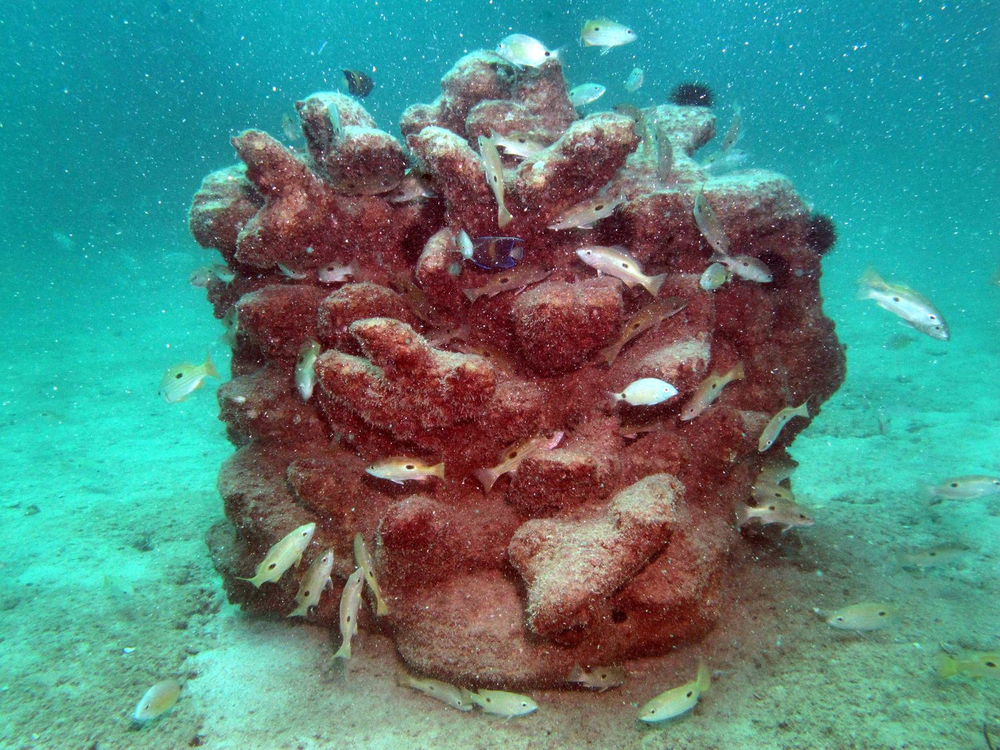 To make it, you will need a 3D printer, food-grade plastic, free STL files, and mundane items such as charcoal for barbecue, cotton buds, and an empty 5-8-liter water jug.
To make it, you will need a 3D printer, food-grade plastic, free STL files, and mundane items such as charcoal for barbecue, cotton buds, and an empty 5-8-liter water jug.
The authors of the Faircap project are open to pre-orders, donations and, of course, cooperation free of charge to improve the 3D printed water filtration system.
Project #7: 3D Printed Smart Palm Trees to Keep Dubai Residents Connected
Dubai plans to become the world's greenest city by 2050, and 3D printing technology is playing a huge role in that plan. He recently unveiled a project to place "Smart Palms", free Wi-Fi stations and charging gadgets powered by solar energy in the city.
The first 3D printed Smart Palm tree was made of fiber reinforced plastic, which is both light and strong. The model was equipped with solar panels that provide up to 7.2 kW of clean energy per day.
Project #8: 3D printed reefs will restore the seabed
Reefs are an integral part of marine biodiversity that protect and feed the most diverse ecosystems on Earth.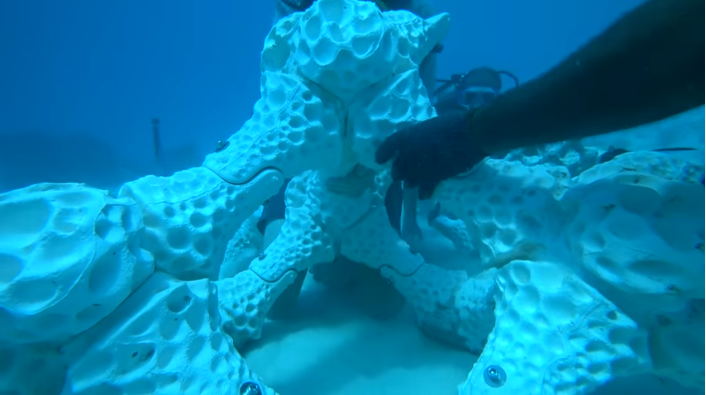 However, as a result of global warming and ocean pollution, we are witnessing the greatest coral loss in history.
However, as a result of global warming and ocean pollution, we are witnessing the greatest coral loss in history.
A few years ago, Enrico Dini, one of the creators of the D-Shape 3D printer (one of the largest 3D printers in the world), tried to restore some of the reefs using a mixture of sea salt and a seawater binder. Recently, a part of the 3D printed reefs, made in collaboration with Boskalis and the Prince Albert II Foundation, was placed in the Monaco Marine Reserve.
While not a complete replacement, 3D printed reefs like this could protect marine biodiversity and at least slow down coastal destruction as we look for ways to stop global warming and restore natural habitats for marine life.
Project #9: Fake 3D Printed Sea Turtle Eggs Help Fight Poachers
Protecting the planet is one of the challenges of protecting its inhabitants. Unfortunately, every year the number of species that are under threat of extinction is growing.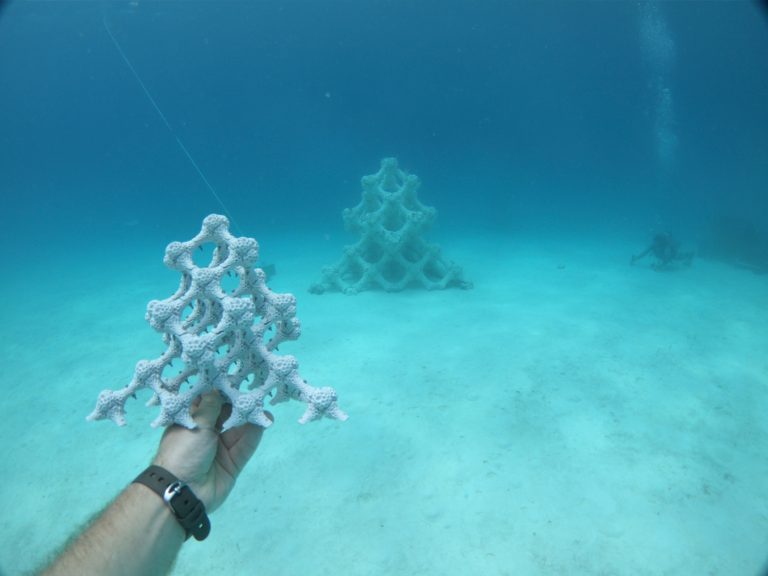 There are two main reasons: illegal hunting and the disappearance of natural habitats due to pollution caused by human activities. Sea turtles are among these species because poachers dig up and steal their eggs, preventing them from breeding.
There are two main reasons: illegal hunting and the disappearance of natural habitats due to pollution caused by human activities. Sea turtles are among these species because poachers dig up and steal their eggs, preventing them from breeding.
To stop this, the non-profit organization Paso Pacifico has come up with a brilliant plan: it intends to print sea turtle eggs on a 3D printer, and then use them to hunt down poachers in order to stop their criminal activities once and for all.
While the project is at the development stage, its essence is quite simple. 3D printed eggs equipped with GSM modules are hidden among the real ones. The conservationists then track them down and gain vital information about the smugglers' routes and the location of their bases. On the other hand, they hope the smugglers find out about this project and just stop stealing the eggs!
Project #10: Use recycled fiber for 3D printing
Finally, one of the easiest ways to make your own project green is to use the right materials. Mistakes, defective models, and supporting structures are an integral part of 3D printing, but you don't have to buy new plastic from established manufacturers.
Mistakes, defective models, and supporting structures are an integral part of 3D printing, but you don't have to buy new plastic from established manufacturers.
Several companies on the market are using recycled plastics to make new spools of filament with great success. For example, to mark Earth Day 2015, 3D Fuel and ALGIX launched a unique seaweed-based filament called Algae Fuel. This material is made from a mixture of PLA with real seaweed harvested where it is in abundance. As a result, the developers solved two problems at once: the problem of materials and the environmental problem.
Algae filament is just one example of a sustainable 3D printing material. Other companies use a variety of raw materials in the manufacture of consumables, from coffee grounds to plastic beer mugs. Here we can mention 3Dom, Refil from Better Future Factory, the Precious Plastic project, and 3DBrooklyn, which has learned how to make 3D printing fiber from chips packages.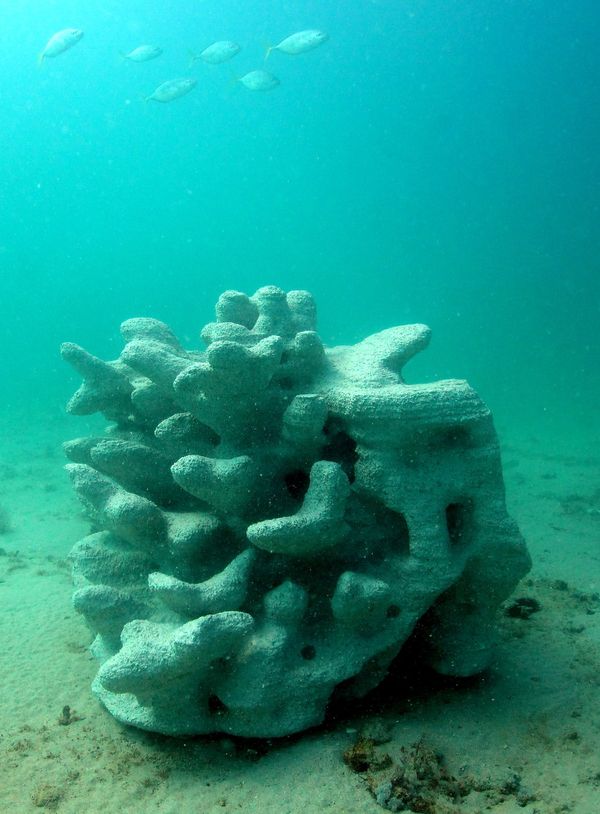


 This partnership has been fruitful for millions of years, but rising temperatures and ocean acidity have upset the delicate balance.
This partnership has been fruitful for millions of years, but rising temperatures and ocean acidity have upset the delicate balance. 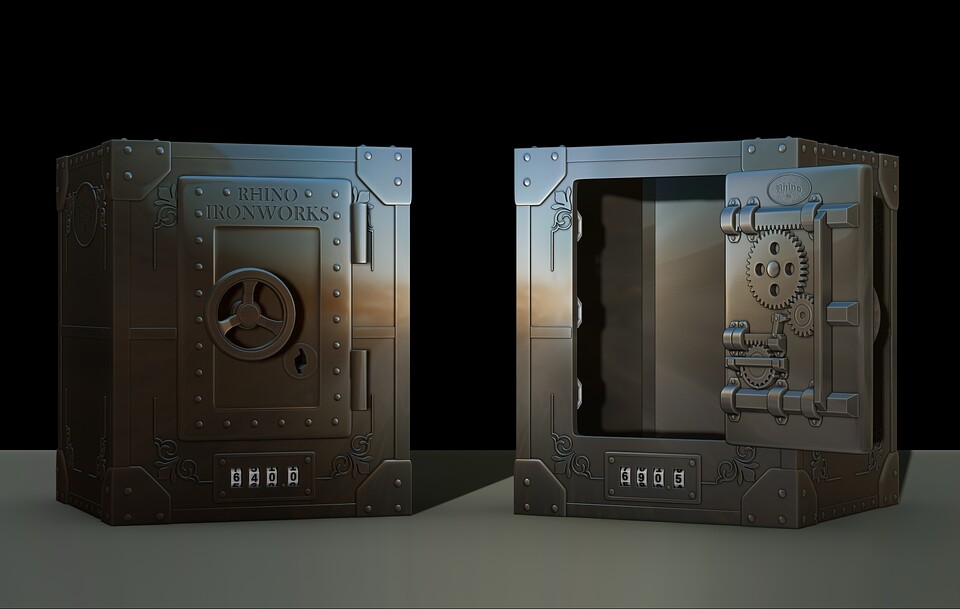 But in this case, not a certain large-scale shape should be obtained, but a structure with an extremely complex internal geometry that maximizes the access of light to the surface. At the same time, printing must be done quickly so that the algae do not die.
But in this case, not a certain large-scale shape should be obtained, but a structure with an extremely complex internal geometry that maximizes the access of light to the surface. At the same time, printing must be done quickly so that the algae do not die. 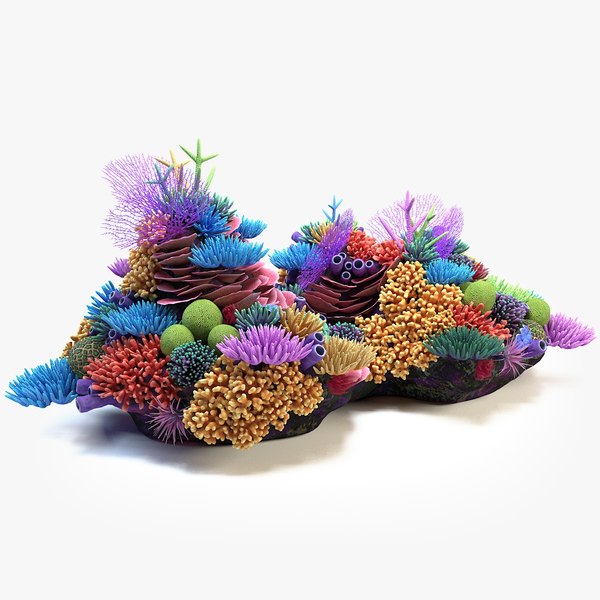 ru/1008169
ru/1008169 